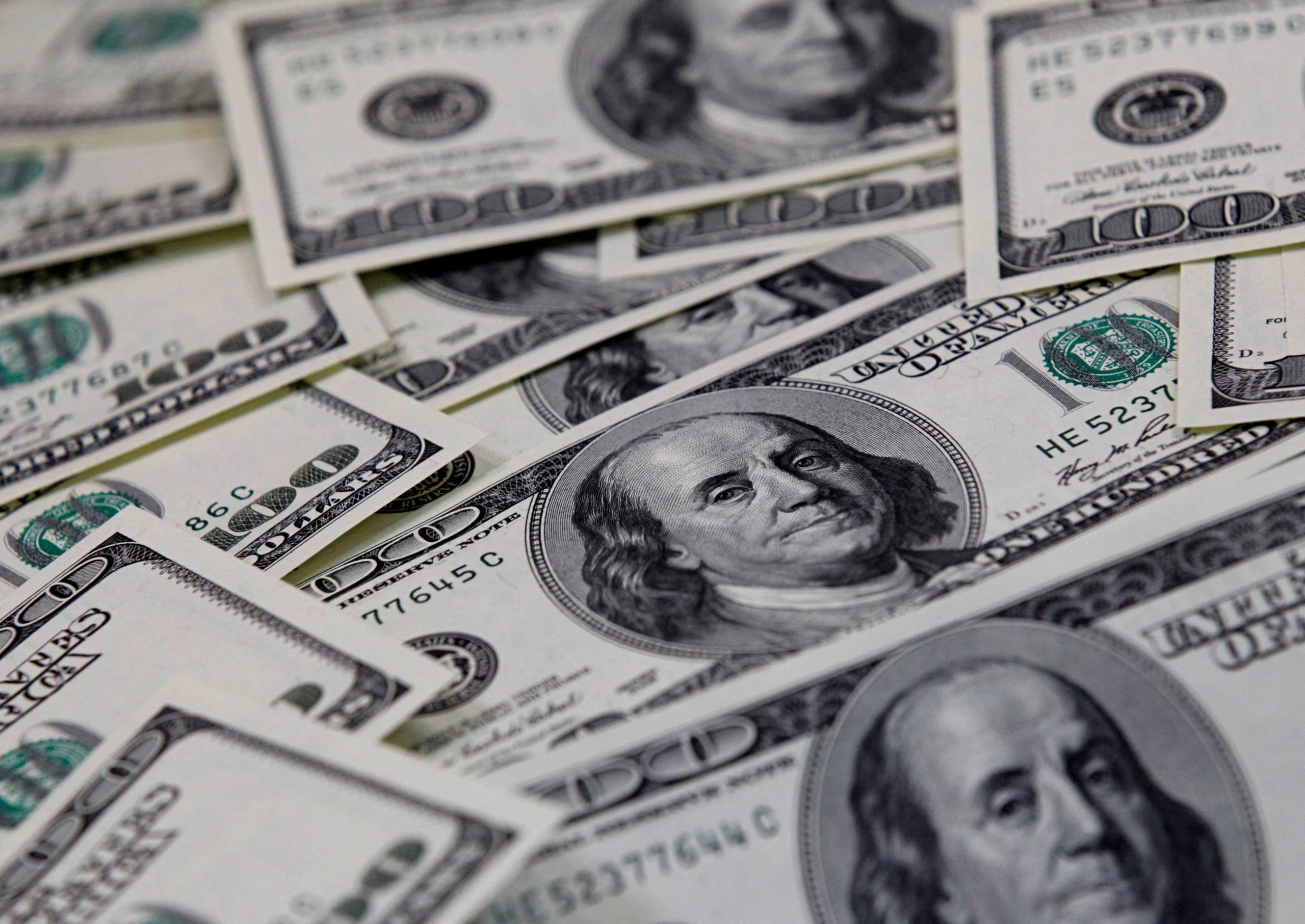Aug 6 (AfrikTimes) – The dollar remained fixed in its recent trading channel on Wednesday, with investors choosing to stay on the sidelines after another round of weak economic data, and as U.S. President Donald Trump prepared to fill an upcoming vacancy on the Federal Reserve’s Board of Governors.
Trump said on Tuesday that he would announce a nominee by the end of the week, and separately confirmed that he had narrowed the list of potential replacements for Fed Chair Jerome Powell to four candidates. On the same day, data showed that U.S. services sector activity unexpectedly stalled in July, even as input costs rose at the fastest pace in nearly three years, underscoring the hit from Trump’s tariffs on the economy, which has also begun to bite corporate earnings.
Still, the data did little to move the dollar, as traders were hesitant to take on fresh positions ahead of news on who would fill the Fed board vacancy. Concerns are mounting that partisan loyalty would invade the staid world of central bank policy.
The dollar was last down 0.1% against the yen at 147.37, while the euro edged up 0.1% to $1.1586. Sterling traded at $1.331, up 0.07% so far on the day.
“I still think that between now and the end of the week, if Trump is going to make an announcement about who he wants to fill the vacant board seat, depending on… how credible (the markets) view that candidate to be, I think that has the potential to prompt some reaction across everything,” said Ray Attrill, head of FX research at National Australia Bank (NAB).
 A trader wears a hat in support of Republican Donald Trump, after he won the U.S. presidential election, at the New York Stock Exchange (NYSE) in New York City, U.S., November 6, 2024.
A trader wears a hat in support of Republican Donald Trump, after he won the U.S. presidential election, at the New York Stock Exchange (NYSE) in New York City, U.S., November 6, 2024.
“For me, that’s…potentially the biggest swing factor for the next sort of 48 hours or so.”
While movements in the dollar have been subdued this week, the currency has yet to recover from Friday’s steep losses, when it posted its largest one-day percentage drop in nearly four months following a weaker-than-expected jobs report.
Against a basket of currencies, the dollar was last down 0.07% at 98.666, still some distance away from its peak of 100.25 hit on Friday before the nonfarm payrolls figures. Traders continue to price in a 86.5% chance of a Fed cut in September, with about 56 basis points worth of easing expected by the year-end.
But data such as Tuesday’s services ISM report underscore the fine line the Fed has to tread, as policymakers weigh rising price pressures from Trump’s tariffs against signs of a weakening U.S. economy.
“The services ISM has obviously got that kind of stagflationary whiff about it… that’s obviously a bit of a two-edged sword in terms of what does that mean for policy,” said NAB’s Attrill. “At the moment, I think we’re sort of the view that maybe there’s a bit too much confidence in the market about the certainty of a September move.”
U.S. Treasury yields moved slightly higher, rising by 1.6 – 2.8 basis points across the curve, after a $58 billion auction of 3-year notes , which was seen as somewhat soft by analysts, with demand equivalent to 2.53 times the notes on sale. More supply will hit the market this week with $42 billion in 10-year notes on Wednesday and $25 billion in 30-year bonds on Thursday.
In other currencies, the Australian dollar rose 0.4% to $0.6494, while the New Zealand dollar gained 0.4% to $0.59255.
 An employee holds U.S. dollar bank notes at a money changer in Jakarta, Indonesia.
An employee holds U.S. dollar bank notes at a money changer in Jakarta, Indonesia.
The Indian rupee <INR=> appreciated 0.2%, and was little changed after the Reserve Bank of India held its key repo rate steady at 5.5% as expected by a large majority of economists in a July 18–24 Reuters poll, following a surprise 50 basis point cut in June.







